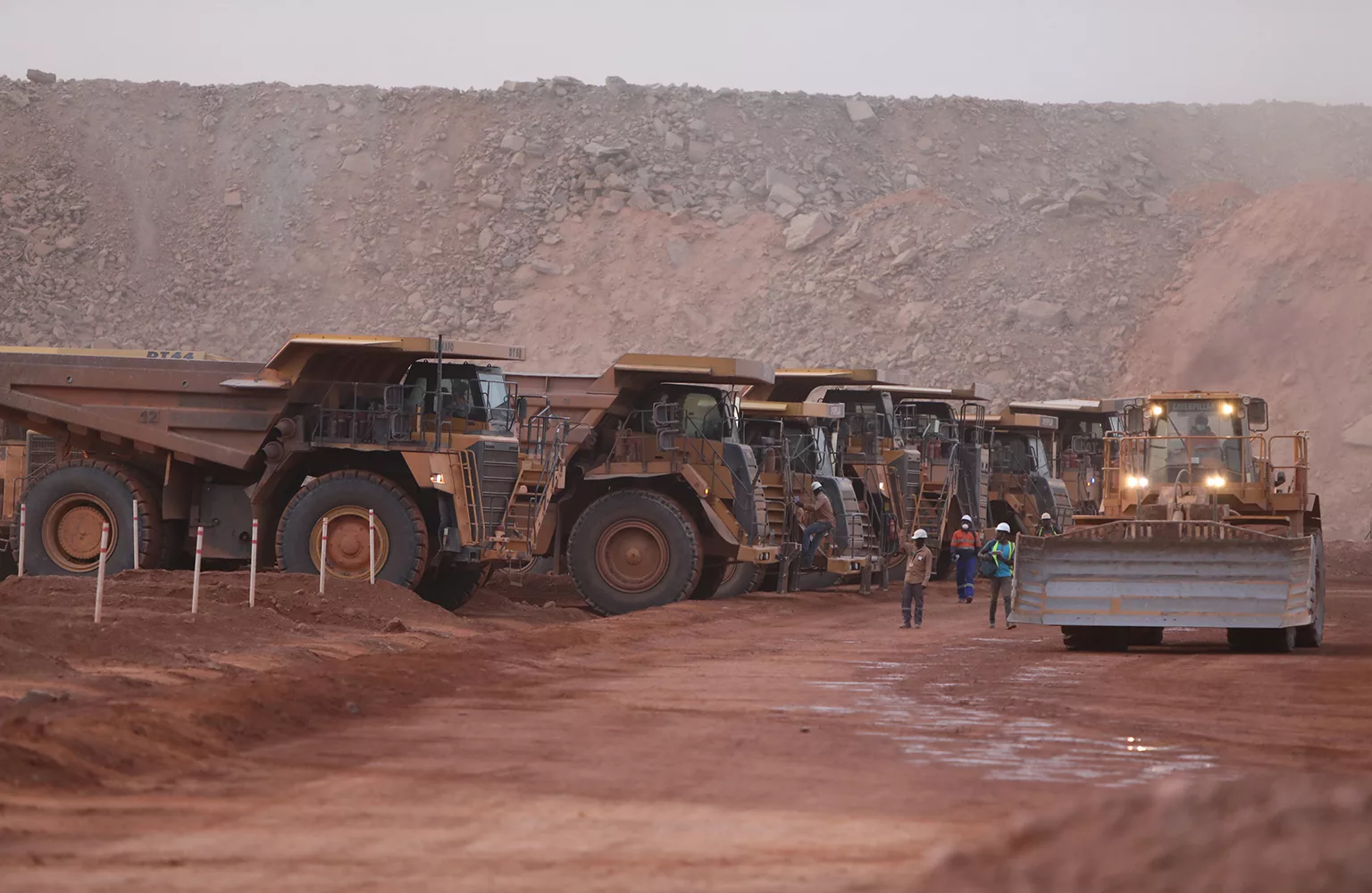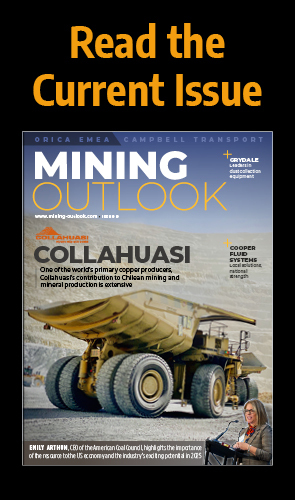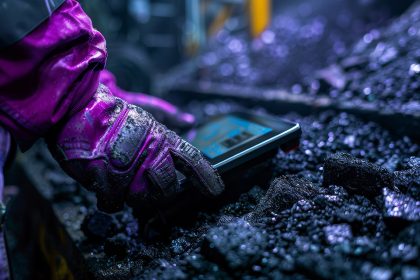SPOTLIGHT ON MINING IN BURKINA FASO
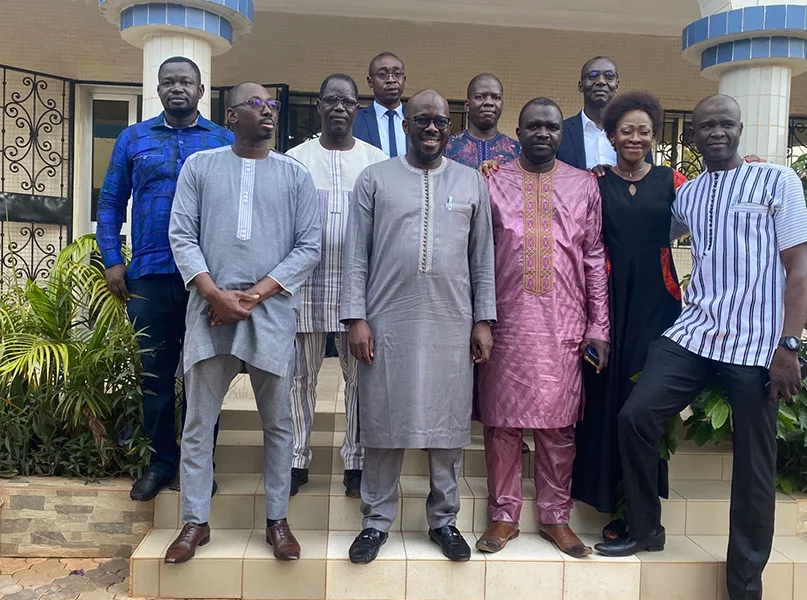
Q&A WITH ADAMA SORO, PRESIDENT, BURKINA FASO CHAMBER OF MINES
Firstly, could you talk us through the beginnings of the Burkina Faso Chamber of Mines and its original vision and mission?
Burkina Faso is among the poorest countries in the world, and as the mining sector accounts for roughly 20 percent of GDP, we need to use the industry as a key driver for the socioeconomic development of the whole country. That is part of our DNA, pushing and establishing better relationships with all stakeholders locally.
“As the mining sector accounts for roughly 20 percent of GDP, we need to use the industry as a key driver for the socioeconomic development of the whole country”
Adama Soro, President, Burkina Faso Chamber of Mines
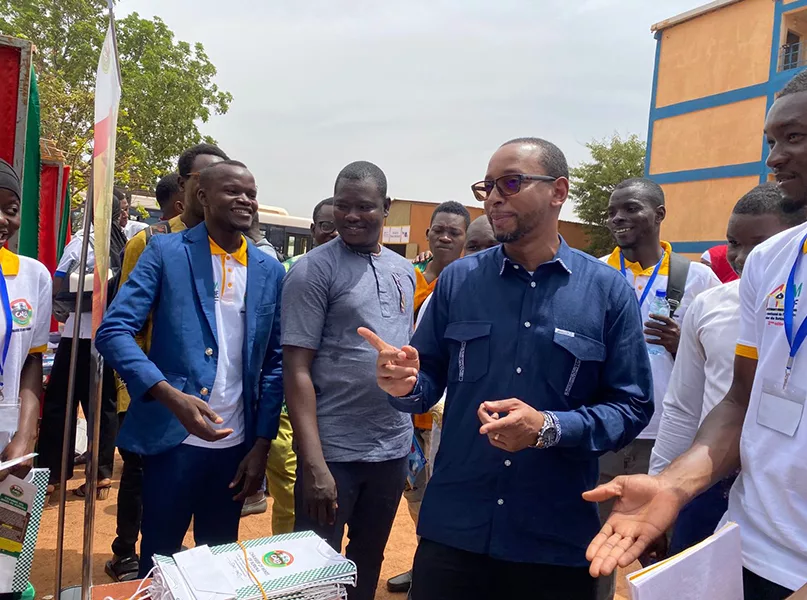
What is your current take on the mining industry in Burkina Faso? Is it a particularly exciting or challenging environment to work in?
AS: We started seeing a big change in Burkina Faso’s mining environment in 2008 when the mining boom began. This followed the adoption of a new mining code in 2003.
Since then, we have had various companies coming from Canada, Australia, South Africa, and the UK to name a few. There are still some challenges around the mining activities in the country with relation to security. Concurrently we encountered some challenges during the COVID-19 pandemic heightened by the impacts of the crisis in Ukraine with a significant increase in the inflation rate.
Burkina Faso is a landlocked country, therefore many goods and consumables used in the production process come from overseas. Subsequently, the security crisis both in the global and local realm impact inflation. Burkina Faso accounts for 22 percent of the Greenstone Belt, so the potential is there even if there are some challenges. The country started experiencing the side effects of insecurity and political instability because Burkina Faso encountered two coups in January and September 2022.
As a result, gold production dropped from 68 tonnes in 2021 to 57 tonnes in 2022, which is roughly a decrease of 13 percent. This serious security situation made it difficult to operate for two reasons. The first was exploration due to some geographical restrictions (because most exploration sites are located in red/amber zones), but also difficulties in shipping goods and consumables to supply sites that are sometimes located in remote areas.
However, mining production is set to increase next year, and the country is ready to accelerate the growth of the economy via the mining sector. We have gone from producing 5.9 tonnes of gold in 2010 to 57 tonnes last year, so production has basically multiplied tenfold over the last decade. At the same time, we are also seeing some challenges associated with the business environment, and we think that there is still some room for progress in the mining industry in Burkina Faso.
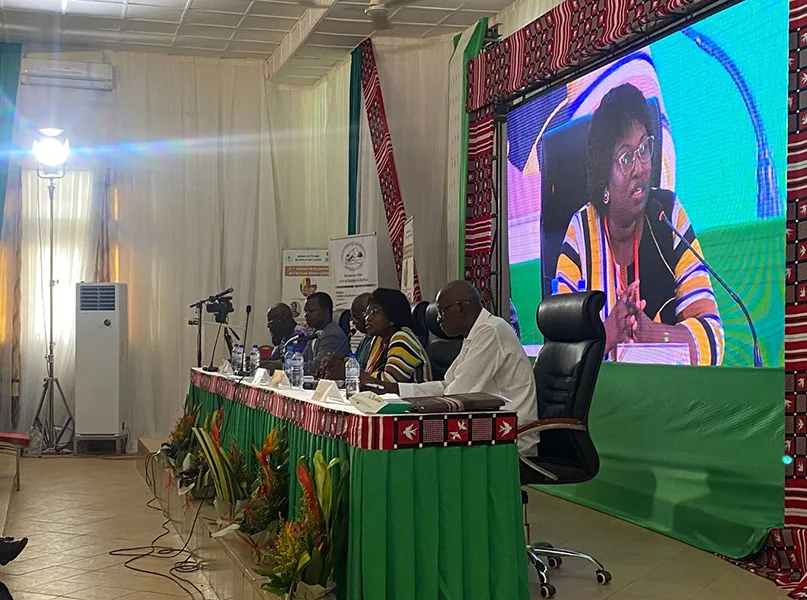
How does the Burkina Faso Chamber of Mines represent the private mining sector and promote the interests of its members?
AS: Every six months, we share a document where we review all the challenges associated with the mining industry within the country and suggest some avenues that can be explored. Most of the time, we are able to find common ground between the private mining sector and the government.
This document is the roadmap of the industry as we see it and is used to engage stakeholders including the private sector and the government. We regularly review and update these documents so that we can keep a better track of what we set as goals.
At the same time, we also organise conferences, seminars, and workshops to further educate various stakeholders on key topics in the mining sector. We also promote best practices and governance in doing business to ensure international standards within all our activities. We’re also investing in socioeconomic projects and facilitating discussions to better manage expectations. We play the role of educating, advocating, and engaging people and stakeholders.
What other specific goals does the Burkina Faso Chamber of Mines have, and what strategy have you adopted to achieve these goals?
AS: Firstly, our goal is for the Burkina Faso Chamber of Mines to be perceived by all stakeholders as a key player in the country’s socioeconomic environment.
The second objective is to further engage with the administration, including the government and related bodies. The third objective is to promote best practices within the industry and further engage industry players. These are the three objectives that we pursue.
How do you see the mining industry in Burkina Faso developing in the next five years?
AS: Despite the fact that we’re facing some challenges on security and inflation, Burkina Faso is still a good place to invest in terms of potential.
For the coming years, we as a country, including the government and private mining sector, should be working to move forward with the various challenges that we are facing together. Additionally, we should work to increase investment in the mining sector. There are also some challenges on the legislative side.
We’re now engaging with the government on various topics, such as dropping the expected increase in royalty rates. They were expected to double from five percent to roughly 10 percent, but as the umbrella organisation of all mining companies, we have engaged in discussions with the government and succeeded at bringing the royalties rate down to 6.5 percent. We should keep on discussing and promoting trustworthy dialogue with the government.
A new decree on local content was also enforced in late 2021. The chamber raised some concerns to the government with regards to the competitiveness of the industry. We brought to their attention that local content is a good thing for the country’s economy. Even as mining companies, we understood the challenge of using overseas supplies during the COVID-19 pandemic. Hence, if mining companies can be supplied with good quality and readily available products and services locally, the benefit will be of interest for everyone.
Conversely, mining companies should not be compelled to buy locally when it is not competitive. However, we have a good understanding of the government’s perspectives and have been moving forward with reflecting on how to better enforce legislation without jeopardising the mining industry’s ability to contribute to the greater economy of Burkina Faso.
One challenge is to sort out the security issues but also to sit down and discuss all the legislation related to the mining industry without jeopardising its ability to produce more. Burkina Faso is a good place to invest in because it has high potential; it only requires more engagement, productivity, and constructive dialogue.
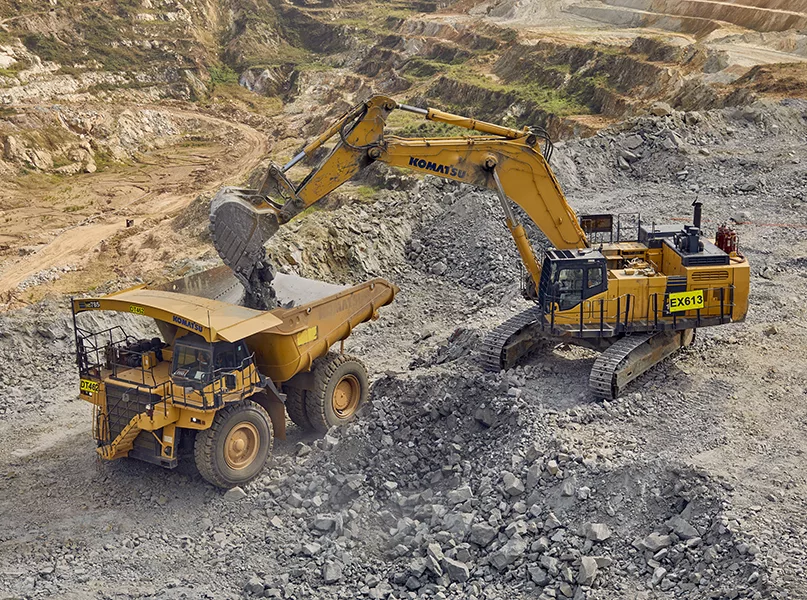
Finally, what are your key priorities in order to continue representing Burkina Faso’s mining industry?
AS: There are some positive discoveries that have been made over the years, such as copper in the southwest region of Burkina Faso. We also have an estimated 33 million tonnes of nickel in the north of the country, and there are some traces of lithium and diamonds, so there is some potential there.
Some projects have been stopped because of challenges associated with insecurity, but we are hopeful that these will resume so we encourage the government to put favourable conditions in place for investors and operators.
We are still optimistic. We have been impacted by challenges, but we’re not hindered and we think that we will succeed in moving fast and forward. Burkina Faso is still a good place to invest in.



